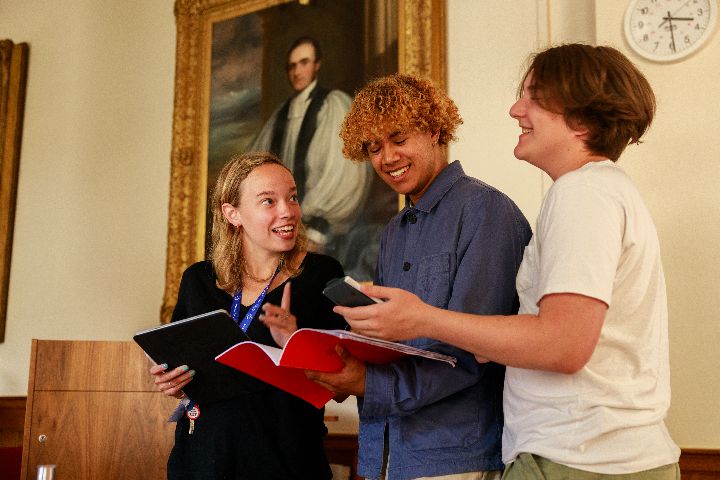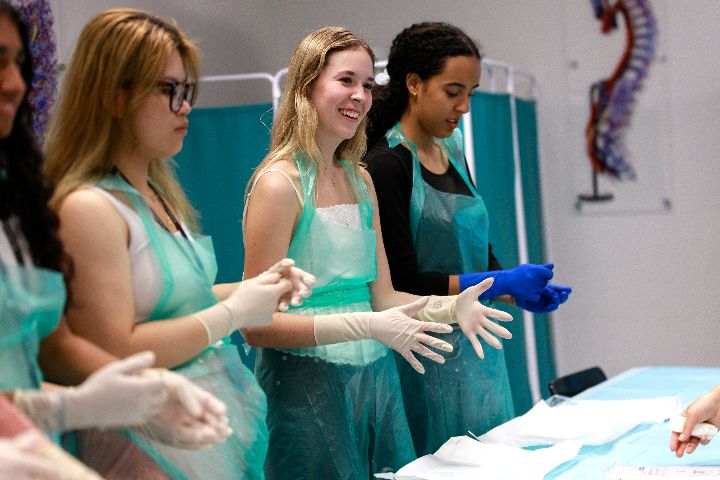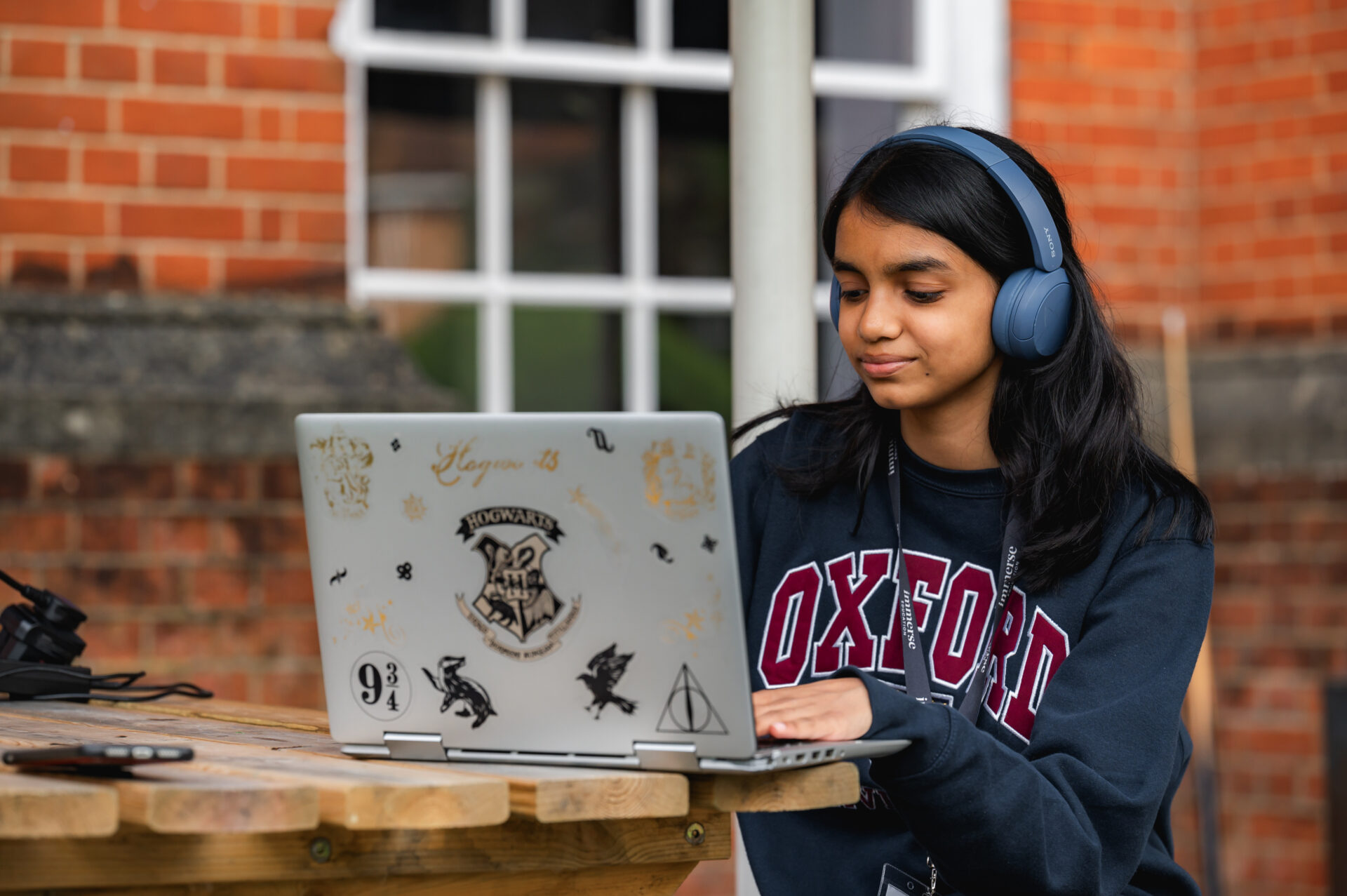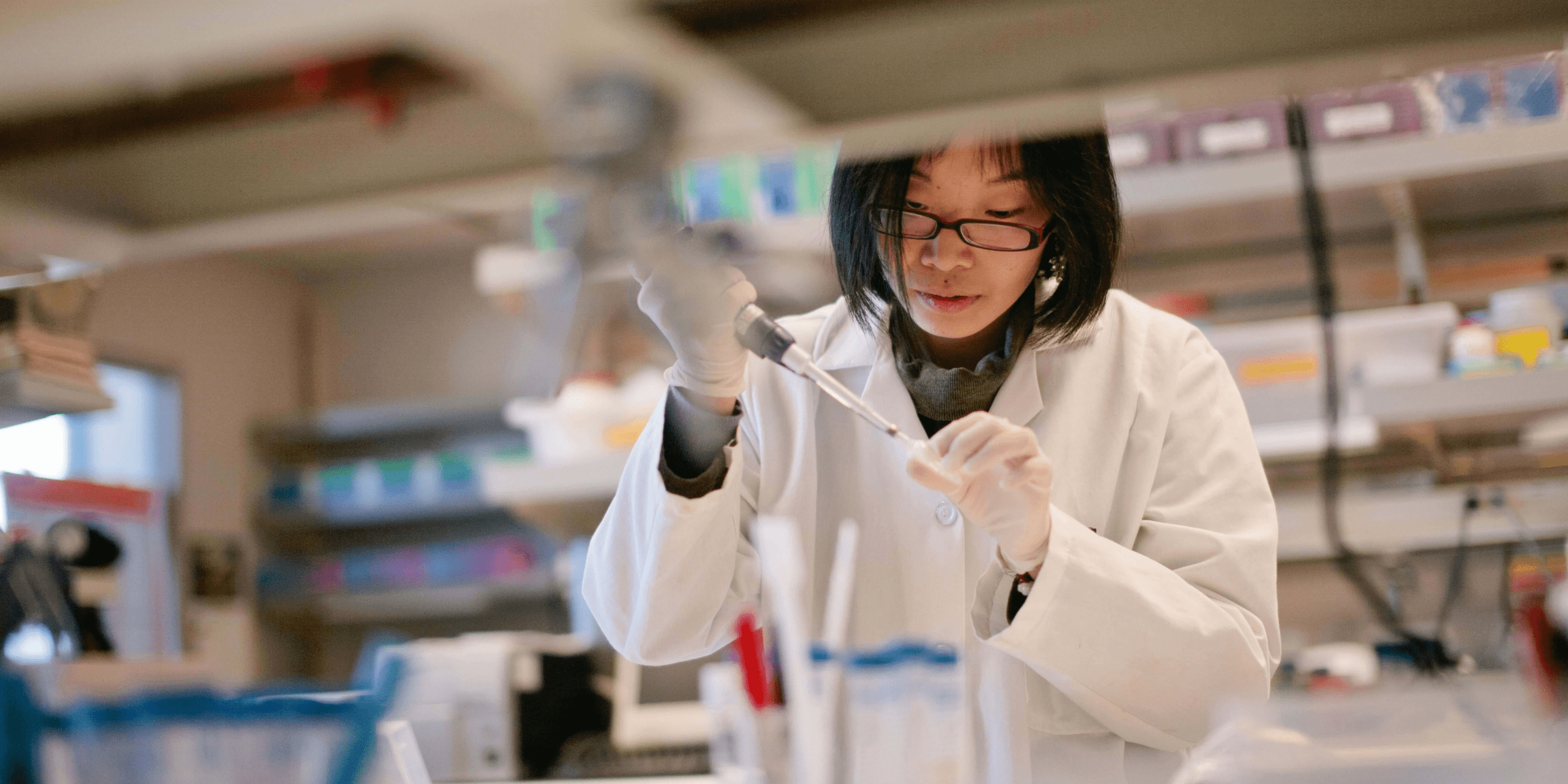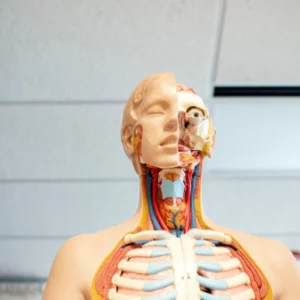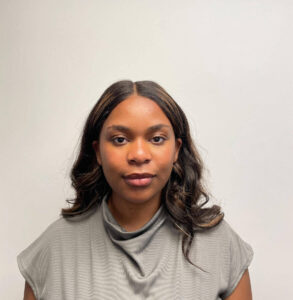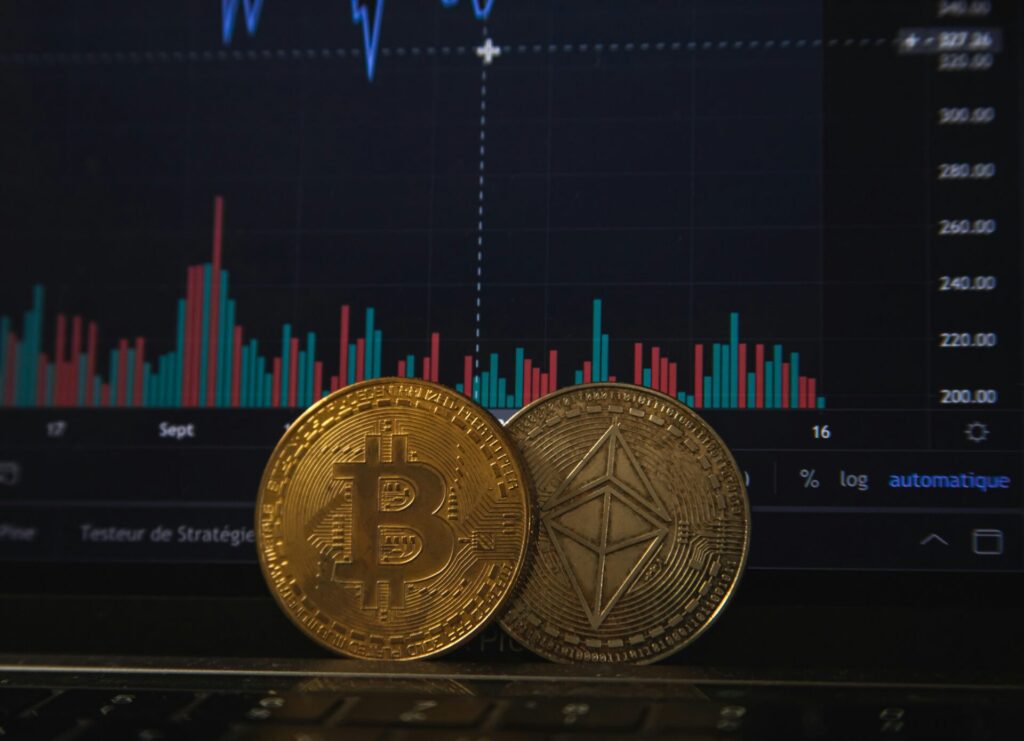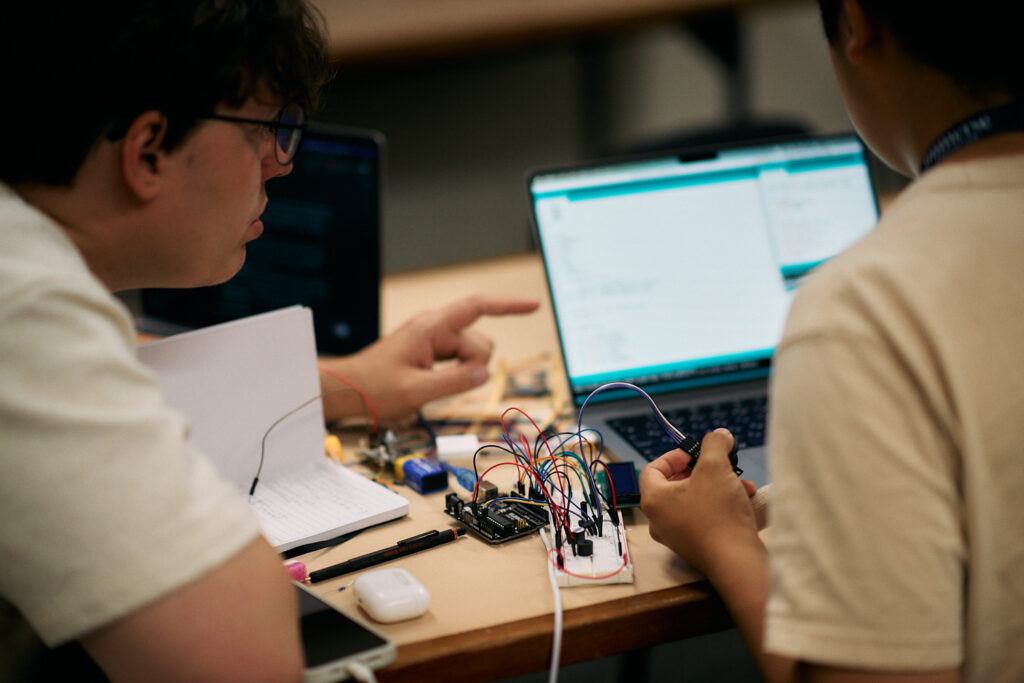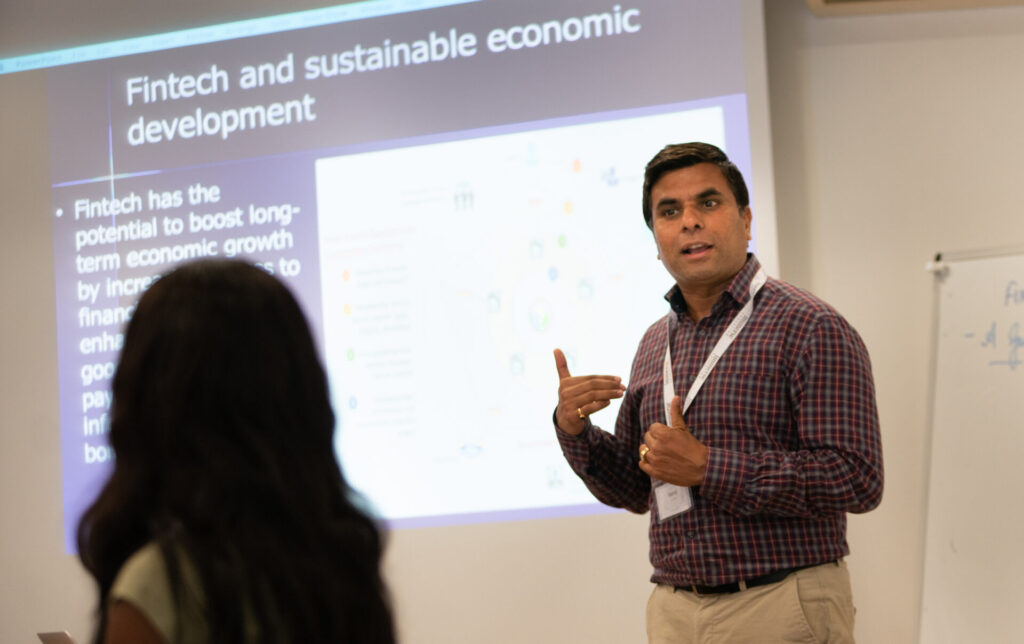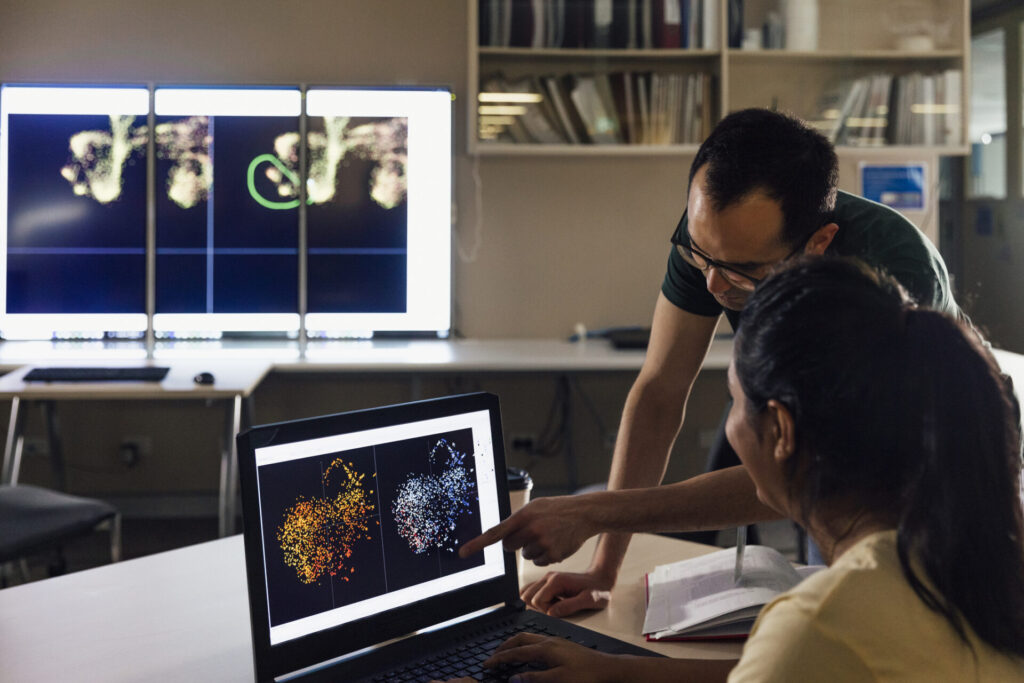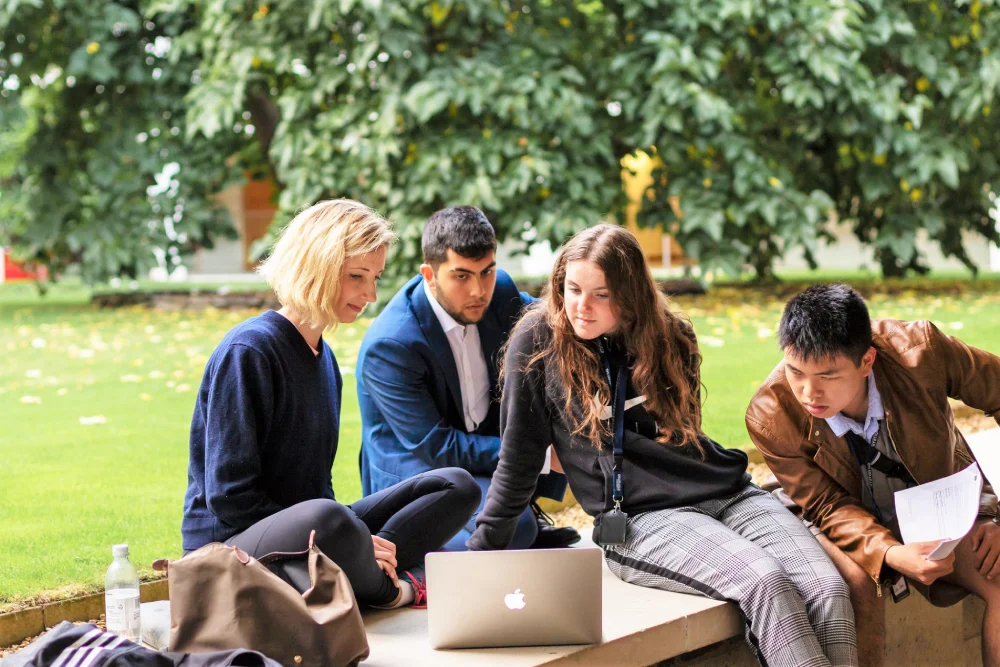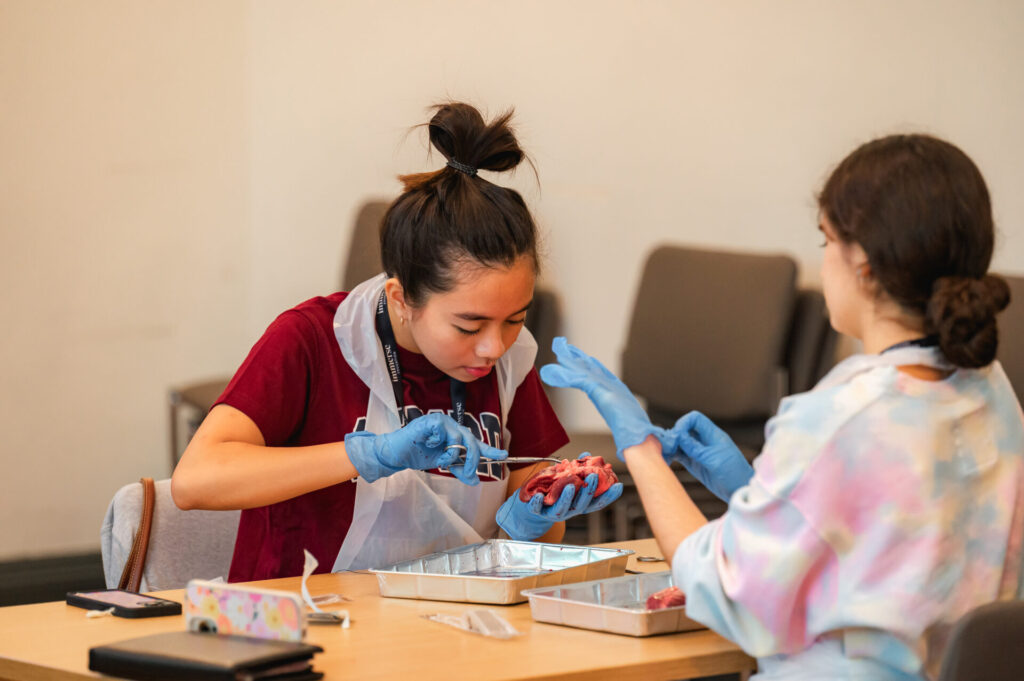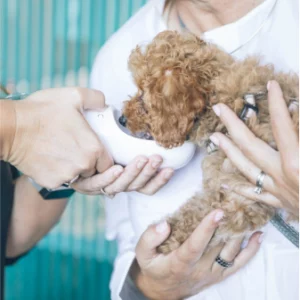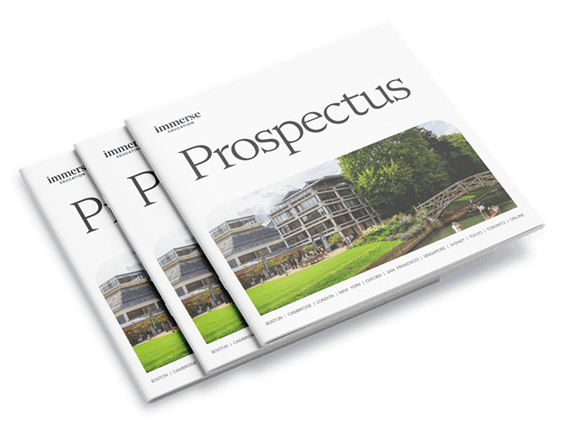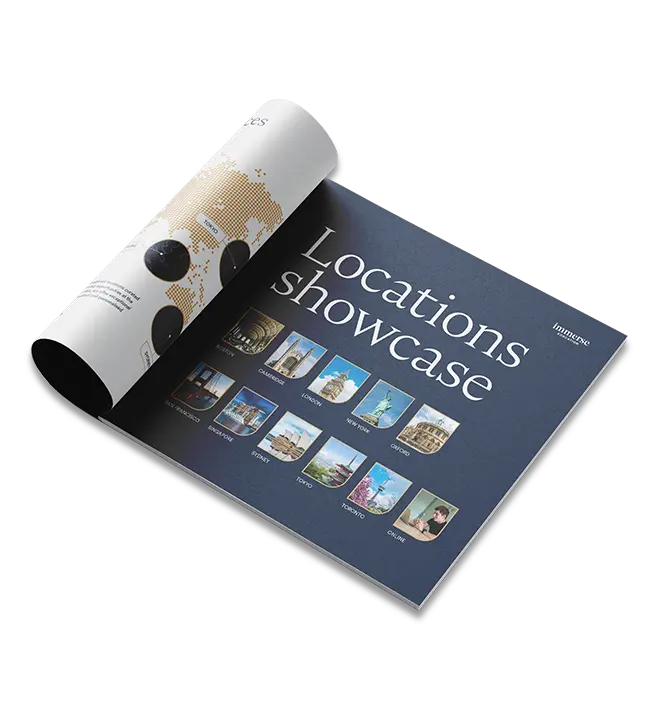What are the biomedical engineering inventions shaping the world today?
Medicine is a vast and ever-changing sea of ideas and practices, with each new wave refreshing how we care for our patients. What follows here is a collection of, in this author’s opinion, the five most inspiring innovations in the medical field across its history.
There was no shortage of landmarks to choose from, but this list tries to deliver a snapshot of the achievements of physicians who have, arguably, accumulated less household fame than the Flemings and Listers of this world.
Related Read: Who Discovered The First Antibiotic?
And, to reflect the multifaceted nature of medicine, the subfields I touch upon include endocrinology, plastics, neurosurgery, and reproductive medicine.
Hopefully, this list will be as entertaining and inspiring as it is informative!
The Stethoscope
The striking image of a physician’s stethoscope is so synonymous with medicine that you’d be forgiven for thinking of them as siblings, twins even.
But the reality is that the stethoscope is a relatively new addition to the chest examination. This particular examination usually consists of a visual inspection, palpation, percussion, and auscultation.
Student Read: How To Write A Medical Personal Statement?
Before the early nineteenth century, the first three components were very similar to how we conduct examinations today. However, auscultation used to involve pressing an ear directly against the patient’s chest.
And this wasn’t great for hygiene; it was awkward for everyone involved, and it relied on the doctor having excellent hearing because the changes in the sounds of heart valves, airflow, and blood flow are often imperceptible.
To detect signs of pathology, it would be incredibly useful to amplify those sounds for doctors.
Enter The Stethoscope
Year of Innovation: 1816
Key figure behind the innovation: Rene Laënnec
Country of Innovation: France
Medical field affected: Today, the stethoscope has become an indispensable tool (and fashion accessory) in every physician’s arsenal.
Worldwide recognition: Everyone knows about the stethoscope, but not about Laënnec.
The stethoscope was invented in 1816 by a French doctor, Rene Laënnec, to make it easier for him to listen to patients’ breathing and heart sounds.
Without it, chest exams would involve pressing our ears against the patient’s chest. This would carry an infection risk as well as be potentially embarrassing for both doctor and patient!
Related Read: Top 10 Reasons To Be A Doctor
Over the centuries since its invention, the stethoscope has evolved from a paper tube into a swish binaural instrument, now a must-have piece of kit for every doctor and an expensive piece of kit for every medical student.
Finally, due to its widespread use in the medical profession, the stethoscope has become an important symbol for medicine, on par with the rod of Asclepius. Today, the stethoscope has become an indispensable tool (and fashion accessory) in every physician’s arsenal.
Interesting Read: What Is Studying Medicine At Uni Like?
Rhinoplasty
Plastic surgery is often thought of as a modern speciality, possibly because the reconstruction of external organs seems a very advanced and difficult undertaking. However, we mustn’t underestimate the ingenuity of the ancients, lest we invent a new form of prejudice.
Nevertheless, the first plastic surgeon that we know of was born a long time ago indeed. Known only as Sushruta, meaning ‘renowned’, he is widely touted as the founding father of surgery due to his numerous innovations in the field, and we could fill a whole other article with them.
But, for now, I’ll focus on his invention of the rhinoplasty, the first known technique in plastic surgery. In a culture where nose amputations were a common punishment, rhinoplasty gave offenders a chance at a normal life.
You May Like: Nikolai – The Man Who Made Surgery Painless?
Sushruta, the mysterious ancient Indian surgeon, invented rhinoplasty among many other surgical innovations in the 7th or 6th century BCE.
From him sprang the speciality of plastic surgery, which benefits victims of disfiguring trauma worldwide.
His techniques are being referenced and modified even now, which is an incredible legacy. In a culture where nose amputations were a common punishment, rhinoplasty gave offenders a chance at a normal life.
In Vitro Fertilisation
Today, in vitro fertilisation (IVF) is almost mainstream. It’s a topic taught in biology classes throughout the UK, and it’s now a tried and tested option for couples trying to conceive. As a relatively new technology, it’s rather astounding how established it’s become in such a short space of time.
And the very idea of relocating the process of fertilisation outside the body is, at best, absurd!
But because of this breakthrough, families have been formed that wouldn’t have otherwise. Lives have been lived and loved and lighting up their little corners of the world because humanity redefined what it is to be infertile.
In IVF, Patrick Steptoe and Robert Edwards pioneered a fertility technique that has allowed many couples to start families. While controversial in some circles, the process is incredibly successful for what really should still be science fiction! As a relatively new technology, it’s rather astounding how established IVF has become in such a short space of time.
Join the Immerse Education 2025 Essay Competition
Follow the instructions to write and submit your best essay for a chance to be awarded a 100% scholarship.
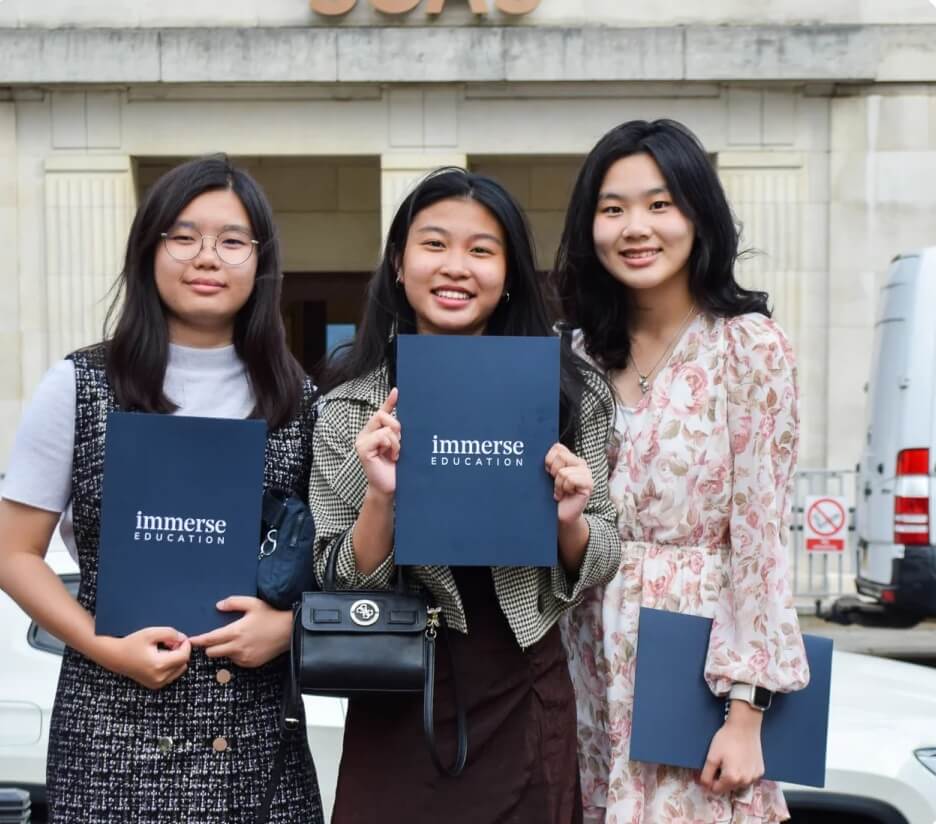
Corpus Callosostomy
The paradox of surgery is an elegant one, encapsulated perfectly in the procedure known as the corpus callosotomy. To apply a cut, to actually cause damage to tissue should really be in malice because to damage is to hurt.
But surgeons cut beneficently, they divide to make whole again and brazenly ignore the reign of Mother Nature. They’re the ones who buy the IKEA wardrobe and assemble it themselves – instructions be hanged.
Those extra panels and screws weren’t needed anyway. Brains, obviously, are not wardrobes, but neurosurgery still represents humans decreeing that they are qualified and capable to edit this most complex of organs.
A common palliative procedure for epileptic patients is to sever the connection between the two hemispheres, known as the corpus callosum, in an operation called the corpus callosostomy. Because of this intervention, many people with epilepsy have been able to better manage their conditions.
William van Wagenen and Robert Herren revolutionised the management of epilepsy by performing corpus callosotomies to limit the spread of seizures through the brain.
The resulting research by Roger Sperry laid the foundations for later psychological theories about the relationships between brain structures and their functions – without these surgeries, we wouldn’t know that the brain hemispheres contribute different things to the tasks that the brain performs.
Genetic engineering is almost like an abstract, macroscopic viral infection. The human contagion impregnates an organism with the instructions to produce proteins beneficial for the human, and only the human.
Mass Production of Insulin
We essentially implant an idea and farm the organisms to bring the idea into reality. Such was the dawn of insulin’s mass production: human recombinant insulin was produced from E. Coli bacteria.
No more would diabetic patients have to rely on animal pancreas when human insulin was now ready to be shipped out everywhere. Management of diabetes was made easier and cheaper, and it opened the door for modified insulins with more useful half-lives and pharmacokinetic profiles.
You May Like: Why Do We Need Bacteria?
David Goeddel and Dennis Kleid at the Genentech lab created the first bacteria-produced human insulin. This meant that diabetic patients could use their insulin without fear of an immune response to the drug.
In addition, the genetic engineering techniques refined in this endeavour could be widely applied to other human-specific protein-based drugs. The potential that this innovation unleashed was immeasurable, and we’re still seeing its fruits today.
Management of diabetes was made easier and cheaper, and it opened the door for modified insulins. Each of these physicians and scientists, each in their own small way, helped to reshape the fabric of medical practice.
Clinical examinations were never the same after Laënnec; recombinant human insulin fundamentally and forever changed the production of diabetes medication.
Looking to Learn More About Medicine?
These pioneers weren’t the first, and nor will they be the last to change how we treat our patients. Indeed, more humble individuals will come along and inspire us all with their vision and audacity.
And that goes some way to explaining part of why this field and profession are so great.
Are you a motivated student aged 13-18 looking to learn more about what it takes to study medicine at top universities? Our award-winning medical summer courses in Cambridge and Oxford are just for you!
